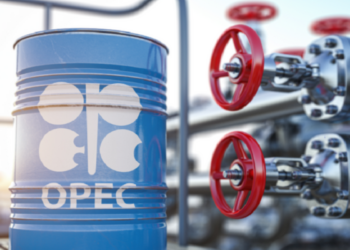The prices of wheat climbed to a nine-year high as investors worry about a potential supply disruption, being that Russia, the top wheat exporter in the world, might be going to war. This further increases the costs of food staples around the world.
The escalating crisis over Ukraine has sparked fears that shipments from Russia, which is a heavyweight of global grains trade, could be affected. Any sanctions by world powers could threaten a vital source of supply at a time when unfavourable weather and robust demand have already reduced crop stockpiles.
The United States’ wheat futures is currently up 5.90% and trading at $926.12, the highest since 2012. Jack Scoville, vice president of Price Futures Group Incorporated in Chicago stated, “I don’t know how high we’re going. It’s really going to depend just on how much this crisis spins out of hand.”
What you should know
- The U.S. and other nations have initially imposed limited sanctions on Russia following Moscow’s recognition of two breakaway regions and an order to send in what President Vladimir Putin called “peacekeeping forces,” though officials warned penalties could be scaled up. Russia has denied it intends to invade Ukraine.
- Now Russian President Vladimir Putin authorized a special military operation which represents a full-blown invasion of its neighbour, Ukraine and so far, world leaders have stated they will impose even stiffer sanctions. EU’s Borrell says he will impose ‘harshest package of sanctions ever implemented’ on Russia.
- The reason we are seeing a rally in the price of wheat is because Russia is the world’s top producer of wheat. Russia’s wheat exports account for approximately 24% of the total wheat exports in the world as the nation produces approximately 44 million tonnes of wheat.
- With the nation going to war and significant sanctions planned to be imposed on Russia, investors are reacting to the possibility of a wheat shortage, should there be sanctions affecting Russia’s ability to export wheat.
So far, vessel traffic from the Black and Azov seas, the key hub for Ukrainian and Russian crop exports, has continued as usual, according to Kyiv-based consultant, UkrAgroConsult. The pace from Ukraine is in line with last year’s bumper harvest, although fresh demand has waned, it said.
Conclusion
Other key crops like soybeans are also near multiyear highs, pushing a Bloomberg gauge of agriculture spot prices to a record. Food producers have also been hit by rising energy, transport and labor expenses. That’s feeding through to prices at grocery stores and further squeezing household budgets that have been strained by rising inflation.























